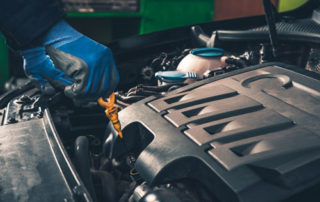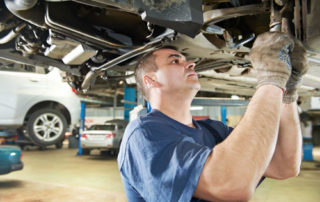Needed Car Safety Features
Modern vehicles have so many advanced features and options that it can be overwhelming to car buyers or even car owners trying to understand their vehicle. Many of the features are for comfort, convenience, or luxury. But, since cars have gotten faster, manufacturers have added more car safety features — safety features you'll want to make sure your car has! Needed Car Safety Features Airbags Manufacturers started installing them in vehicles in the 1980s, but they didn't become a manufacturing requirement until 1998. Airbags are designed to deploy in moderate or worse crashes, with Frontal airbags having saved about 44,869 people as of 2015. Modern vehicles have both front and side airbags for added protection. Keep in mind that children 13 years and younger should sit in the backseat as airbags can injure them. Anti-Lock Brakes If you ever have to stop quickly on a slippery road, you will be grateful for your anti-lock braking system. Anti-lock brakes allow you to stop fast and steer while preventing the [...]










